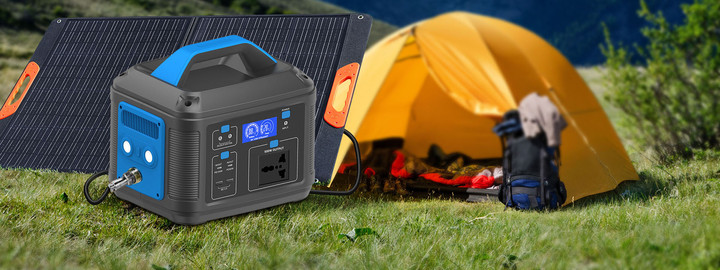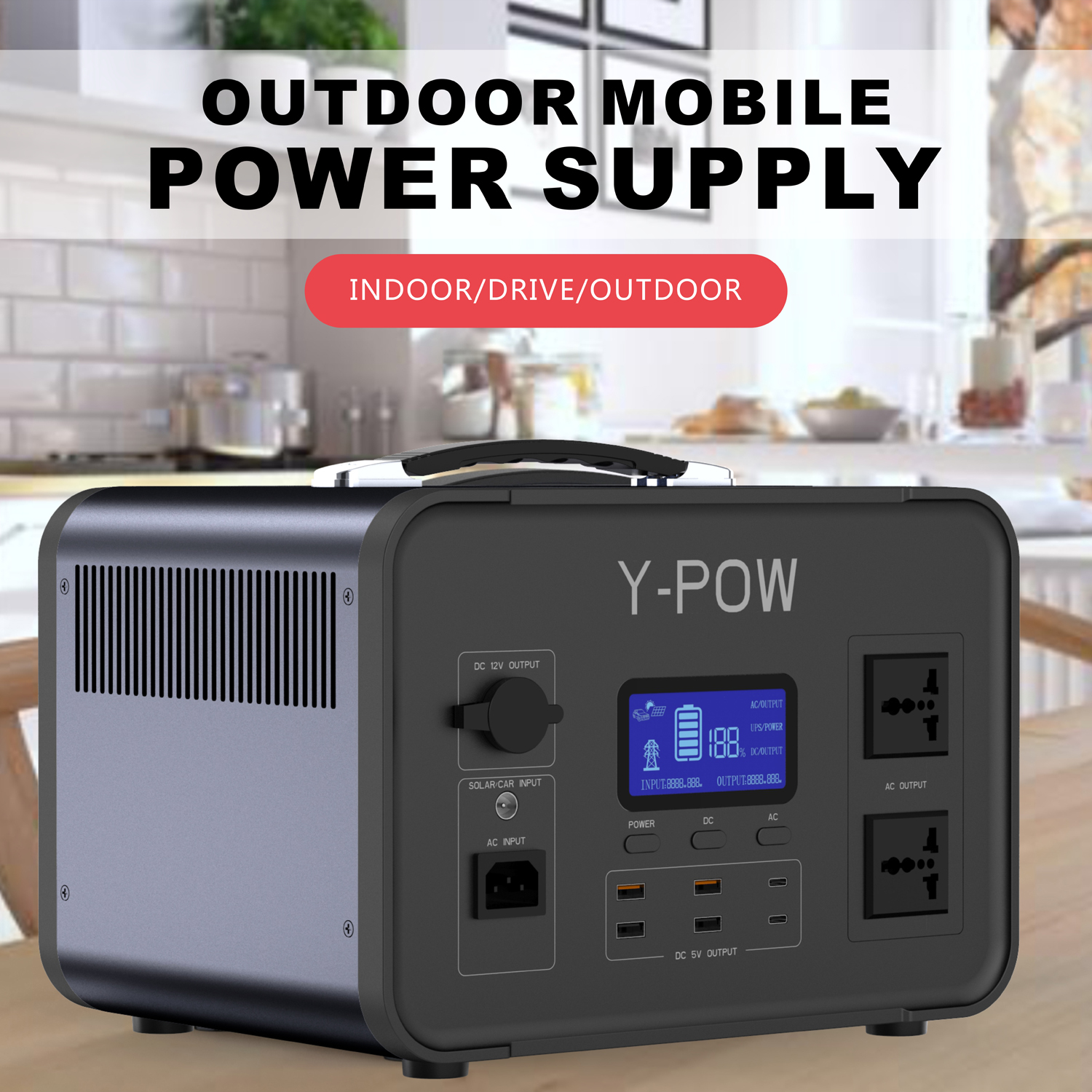1. AC output function: It can output AC 220V or 100/110 AC, which can be determined according to the mains voltage standards of different countries
2. DC output function: It can output conventional 48V or 24V or 19V or 12V or 5V DC output.
3. Outdoor power supply capacity: It depends on the outdoor power supply capacity according to the selected battery specifications and the number of series and parallels. At present, the mainstream uses ternary lithium batteries or lithium iron phosphate batteries. Take the STW-1000W outdoor power supply as an example. It uses a power-type ternary lithium-ion battery with a nominal capacity of 25.9V40.8AH (1,056.72WH). In this way, it is easy to understand that if you want a larger capacity, you can increase the number of series and parallel cells. The capacity of the outdoor power supply can also determine the battery life. The larger the capacity, the longer it will last when it is fully charged.
4. Output power of outdoor power supply: The output power refers to the output power of the inverter, which determines the actual load capacity of the outdoor power supply. Take the STW-1000W outdoor power supply as an example: the output power is 1000W, and it can load various electrical equipment within 1000W, which is its load capacity. The output power is also the difference point of different outdoor power supplies. Equipment that needs to load more power also needs an outdoor power supply with higher output power.
5. Outdoor power supply charging methods: There are many ways to charge outdoor power supplies: Generally, it is common to charge the mains (the charging circuit is built in the outdoor power supply, AC to DC charging), adapter charging (AC to DC charging), solar panel charging (Solar to DC charging), charging is of course also a difference between different outdoor power sources.


 stw14@stwpower.com
stw14@stwpower.com 

